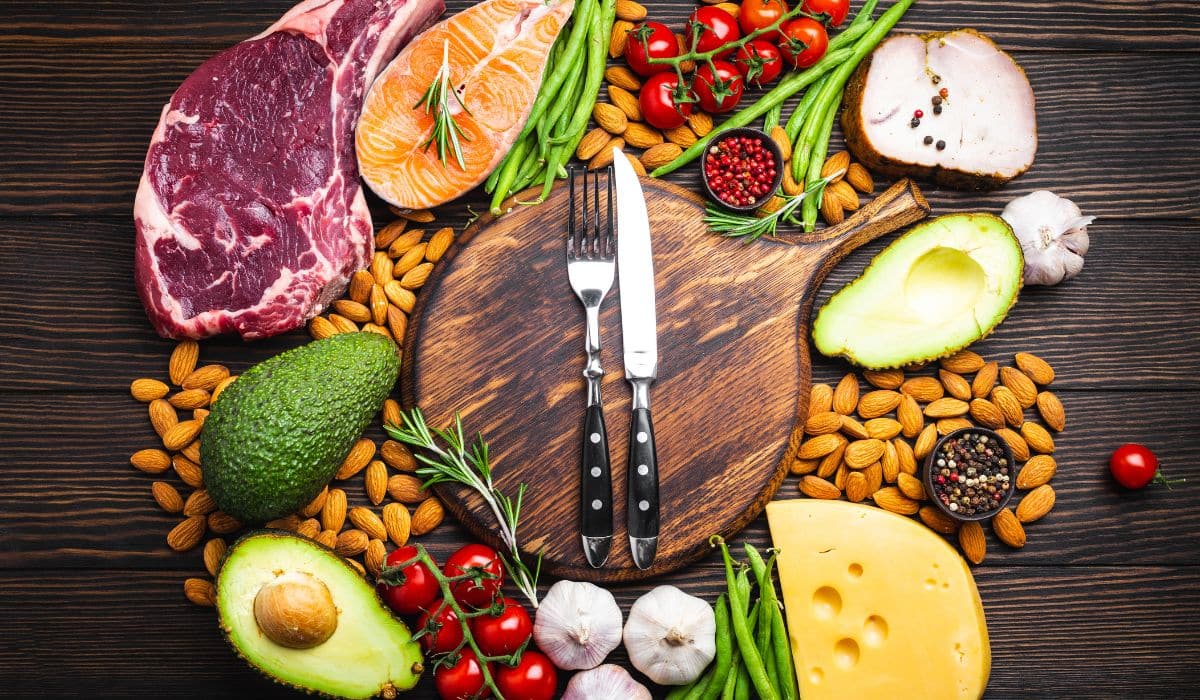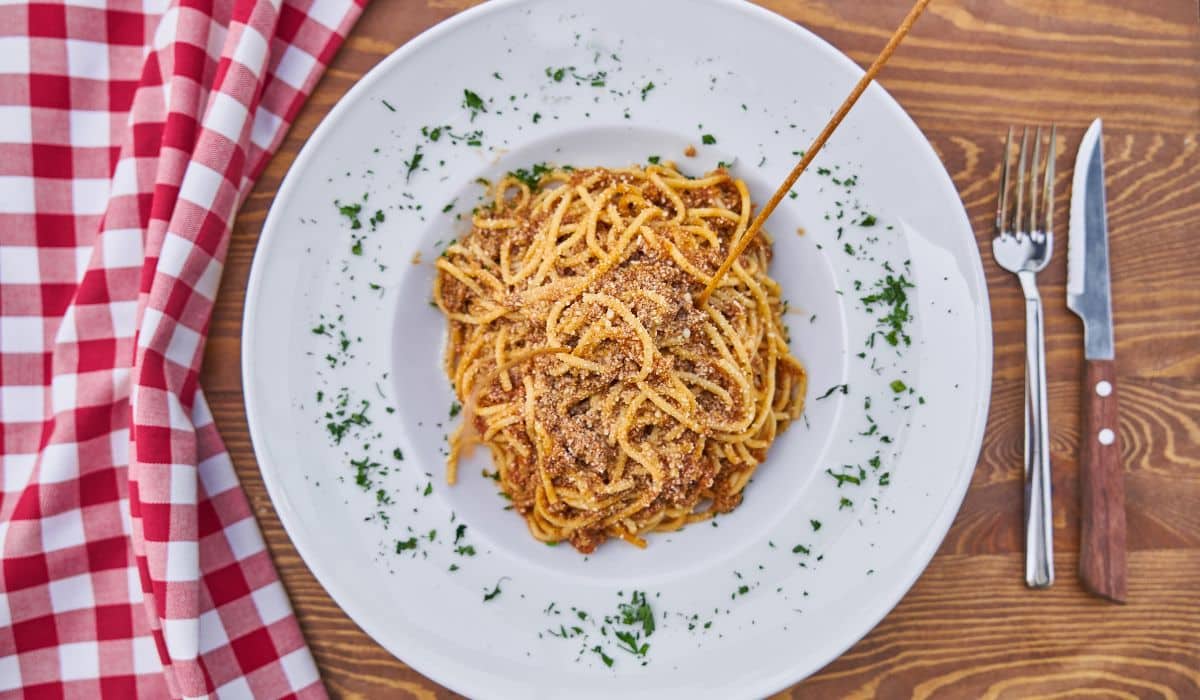
Even if you like the idea of keto, getting started can be a bit intimidating - check out four options to try on for size.
1. The classic cold turkey
This is the most obvious way to go - just get rid of everything in the house that isn’t keto and fill the fridge with steak and spinach. Butter for everyone! Bacon on everything! Muffins, begone!
The benefit of the cold-turkey intro is that it’s quick and simple. You’ll get the initial period of low-carb flu and feeling crummy out of the way fast, and then you’ll be totally on track with keto. There’s no maybe, no what-if, no agonizing or mental bargaining about gradual transition periods: just do it.
This approach is likely good for people who respond well to rip-off-the-band-aid changes. At least in the area of quitting smoking, some research suggests that people who quit cold turkey are more likely to maintain the behavior change than people who quit gradually. It’s not totally clear how applicable this is to diet, but it’s something to consider.
Cold turkey might not be great for you if…
- Drastic diet changes tend to give you digestive issues
- You’re worried about making such a huge overhaul
- You can’t afford or just don’t want to throw out all your old non-keto food.
- You’re super busy and don’t have a few weeks to feel crummy while you adjust to keto.
In that case you might think about another start plan, like...
2. Start with a fast
This strategy is even more hardcore than going cold-turkey: call it the frozen-turkey style of starting keto. It used to be the standard for treating kids with epilepsy (who often respond to a keto diet when nothing else works), but why would an adult without epilepsy want to kick off keto by fasting? Two possible reasons:
1. You want to stop snacking or otherwise change your eating patterns. Fasting lets you make a totally clean break from your old eating patterns and start from a blank slate. With a fast, you’re not just changing what you eat for breakfast, lunch, and dinner: you’re completely revolutionizing the way you approach food during the day. If you want to establish new, healthier eating patterns on keto (e.g. you want to stop snacking constantly, or you want to stop eating late at night), after a fast you’ll have a great opportunity to re-set.
2. You want to try intermittent fasting. With intermittent fasting, you either (a) eat in a compressed window of time during the day, like only between noon and 8 pm, or (b) eat normally most of the time, but occasionally fast for a whole day at once (read more about this here). Some people do really well on intermittent fasting: it’s easier for them to lose weight, they have more energy, they enjoy eating bigger meals when they do eat, and they like the convenience of eating less often. Starting keto with a longer fast might help you re-set your eating schedule so you can switch more easily to intermittent fasting.
If fasting sounds appealing, pick a length of fast that meets your needs (24-48 hours would be a good starting point), plan to skip the gym during the fast, and make sure to drink enough fluid.
3. Carb tapering

Now that we’ve gone to the extreme, time to scale it back a bit for a gentler option: some people have better success if
they don’t immediately start pounding the bacon fat and instead take it one step at a time.
Carb tapering is exactly what it sounds like: slowly reduce the carbs in your diet to ketogenic levels. You can do this starting from Paleo, or you can do it starting from a typical American diet. Here’s an example:
- Carb taper, Week 0 (before you start): oatmeal for breakfast, sandwich with chips for lunch, pasta with meatballs for dinner.
- Carb taper, Week 1: Eggs for breakfast, sandwich with nuts for lunch, pasta with meatballs for dinner (replaced high-carb oatmeal with low-carb eggs; replaced high-carb chips with low-carb nuts).
- Carb taper, week 2: Eggs for breakfast, sandwich with nuts for lunch, zucchini noodles with meatballs for dinner (replaced high-carb wheat pasta with low-carb zucchini noodles). Tip: you can buy pre-spiralized zucchini noodles at Whole Foods, or get a $20 spiralizer and make your own.
- Carb taper, week 3: Food is the same as week 2, but take all the sugar and junk out of your coffee and get rid of all sugary soft drinks, if applicable.
- Carb taper, week 4: Eggs for breakfast, leftover pulled pork with roasted broccoli for lunch, zucchini noodles with meatballs for dinner. Voila! It’s keto! And at no point did you have to dramatically change your diet.
Carb tapering might be best for you if…
- You have a lot of problems with blood sugar regulation. If you’re prone to blood sugar highs and crashes, dramatic swings in your carb consumption might be all wrong for you.
- You’re on a really tight food budget and can’t afford to throw out all the food you’ve already bought and put in your pantry. No problem; just use it for the taper.
- You do better with baby steps than dramatic changes.
On the other hand, it might not be great for you if moderation in general makes you a little crazy. Some people are just like that! It's irritating for them to constantly be adjusting portions and agonizing about how much they get to eat and whether one more cookie still counts as "moderation" and on and on. It's easier for them to just cut it all out at once. If you're not a moderating, baby-steps type of person, then the carb taper approach would likely be all wrong.
4. Paleo first
Finally, an option for folks who don't want to carb taper but still think cold turkey is a bit extreme: go Paleo first, but don't worry at all about carbs as long as they’re Paleo (check out a super-quick introduction to the Paleo plate here). After a few weeks of that, if you still want to get even stricter and switch to keto, the transition will be easier because you’ve already cut out all the “junk carbs” and gotten used to high(er)-fat nutrition. Basically, it lets you cut out carbs in two phases, where Phase 1 is all the junk-food carbs (cookies, bagels, potato chips…) and Phase 2 is the nutrient-dense carb sources (sweet potatoes, bananas, plantains…). In Phase 1, you can make the psychological adjustment to life without junk food, and in Phase 2, you can make the physiological adjustment to life without carbs.
This might work best for you if…
1. You’re not sure whether you want to do keto or Paleo. In general, it’s a good plan for most people to follow the least restrictive diet that meets their health needs – there’s no reason to restrict foods or food groups if it’s not bringing you any benefit. (This isn’t just a mental health issue: having a less-restricted diet also lowers your risk of any nutritional deficiencies, and with carbs in particular, having an abundant variety of vegetables is likely to be good for your gut microbiome).
By going Paleo first, you can try on a standard Paleo diet for size, and then adjust to keto (more restriction) if it’s actually necessary. After all, if you’re getting the weight loss you want and the results you expected from Paleo alone...why eliminate perfectly nutritious foods like root vegetables?
2. You struggle with both psychological and physiological carb dependence. Some people are psychologically dependent on carbs (they eat for entertainment, for comfort, etc.) and some people are physically dependent on carbs (they have to eat every few hours or their blood sugar crashes) and some people are both. Dealing with both problems at once can feel totally overwhelming. It might be more do-able to break it up and tackle each issue on its own.
It’s OK to start slowly, as long as you get there.
If you’re going to make a long-term change, it’s totally fine to spend a few weeks adjusting to the new routine. In fact, it’s better to take a few weeks to make the transition properly (and then be all set up to keep eating keto in the long run) than to rush through the transition, start keto without making sustainable habits, and then fall off the wagon.





Leave a Reply